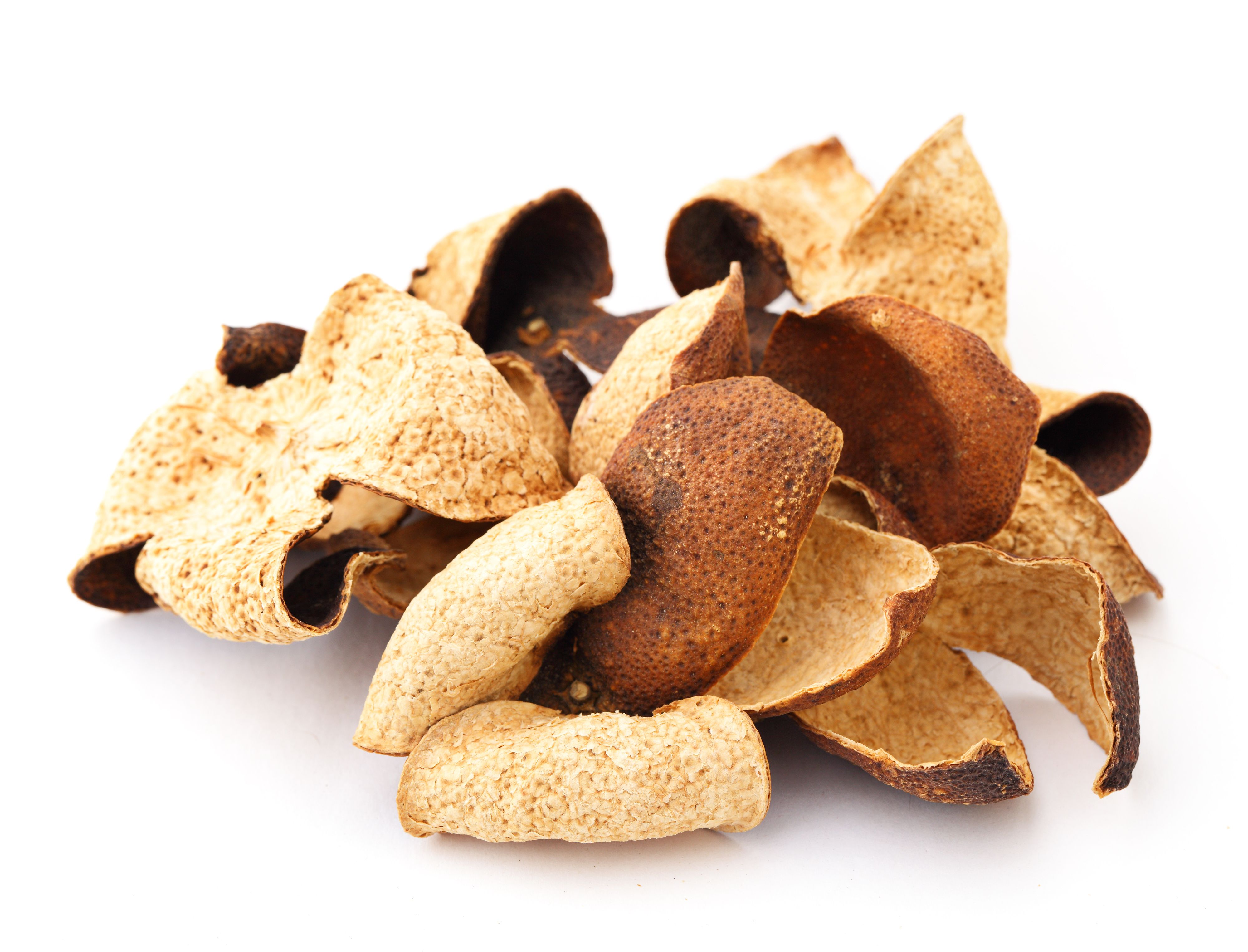Analyzing Quality Markers of Processed Qingpi: A Comprehensive Approach
Researchers from Nanjing University of Chinese Medicine leveraged ultrahigh-pressure liquid chromatography coupled to quadrupole time-of-flight mass spectrometry (UHPLC–QTOF-MS) and network pharmacology to identify potential quality markers of three processed Qingpi products and elucidate their mechanism in liver disease treatment.
A new study out of Nanjing University of Chinese Medicine in Nanjing, China, published in the Journal of Separation Science, presents findings on the analysis of potential quality markers of three processed products of Qingpi, a traditional Chinese medicine often used in liver disease treatment (1). Led by Qian Zhang and colleagues, the study employed advanced analytical techniques and computational methods to unravel the pharmacological properties of Qingpi.
Dried tangerine peel isolated on white background | Image Credit: © leungchopan - stock.adobe.com

The team utilized an approach coupling ultrahigh-pressure liquid chromatography to quadrupole time-of-flight mass spectrometry (UHPLC–QTOF-MS), in turn coupled with multivariate statistical analysis, to evaluate the differences among the processed Qingpi products and identify potential quality markers. This method allowed for the precise identification of 18 components, laying the groundwork for further investigation into the therapeutic properties of Qingpi.
Moreover, the researchers conducted a comprehensive analysis integrating network pharmacology and molecular docking to elucidate the potential mechanisms underlying Qingpi's efficacy in liver disease treatment. By constructing an integrated network linking Qingpi components, target proteins, pathways, and liver disease, the team identified eight compounds as potential quality markers. These markers were found to interact with ten key targets and pathways associated with liver disease, as revealed by molecular docking simulations.
The findings of this study provide valuable insights into the pharmacological basis of Qingpi's therapeutic effects on liver disease. By identifying potential quality markers and elucidating their mechanisms of action, the researchers have paved the way for further exploration of Qingpi's pharmacodynamic substances and therapeutic mechanisms.
This research contributes to the growing body of knowledge on traditional Chinese medicine and highlights the importance of integrating advanced analytical techniques with computational methods in drug discovery and development. Moving forward, the identified quality markers and their associated targets and pathways could serve as valuable targets for future pharmacological studies aimed at optimizing the therapeutic efficacy of Qingpi and other traditional herbal medicines.
In conclusion, the study by Zhang et al. represents a significant step forward in the analysis of traditional Chinese medicines, providing valuable insights into the pharmacological properties of processed Qingpi products and their potential in liver disease treatment.
This article was written with the help of artificial intelligence and has been edited to ensure accuracy and clarity. You can read more about our policy for using AI here.
Reference
(1) Zhang, Q.; Xu, R.; Xue, R.; et al. Ultra-High-Performance Liquid Chromatography-Quadrupole-Time of Flight-Mass Spectrometry Combined with Network Pharmacology for Analysis of Potential Quality Markers of Three Processed Products of Qingpi. J. Sep. Sci. 2024, 47 (1), 2300281. DOI: https://doi.org/10.1002/jssc.202300281
TD-GC–MS and IDMS Sample Prep for CRM to Quantify Decabromodiphenyl Ether in Polystyrene Matrix
April 26th 2024At issue in this study was the certified value of decabromodiphenyl ether (BDE 209) in a polystyrene matrix CRM relative to its regulated value in the EU Restriction of Hazardous Substances Directive.
LC–MS/MS-Based System Used to Profile Ceramide Reactions to Diseases
April 26th 2024Scientists from the University of Córdoba in Córdoba, Spain recently used liquid chromatography–tandem mass spectrometry (LC–MS/MS) to comprehensively profile human ceramides to determine their reactions to diseases.
High-Throughput 4D TIMS Method Accelerates Lipidomics Analysis
April 25th 2024Ultrahigh-pressure liquid chromatography coupled to high-resolution mass spectrometry (UHPLC-HRMS) had been previously proposed for untargeted lipidomics analysis, but this updated approach was reported by the authors to reduce run time to 4 min.